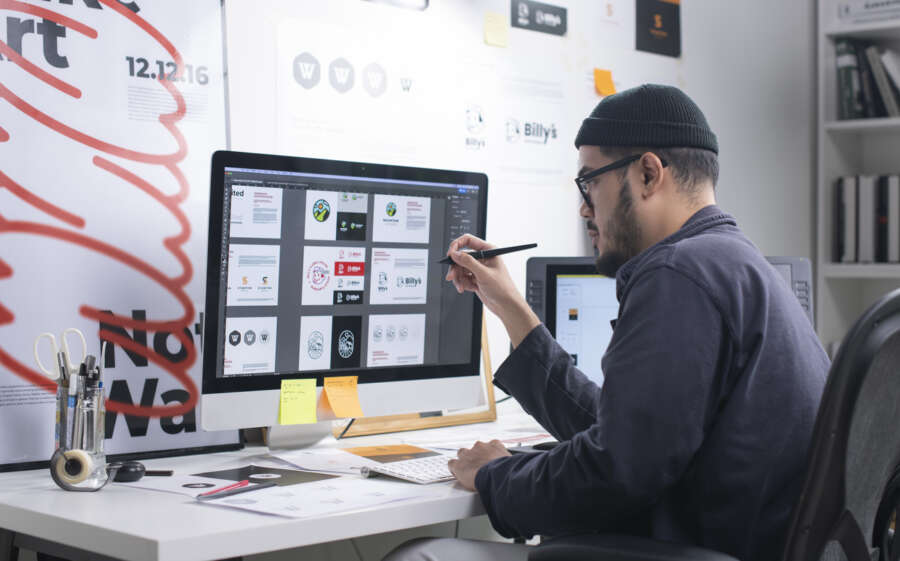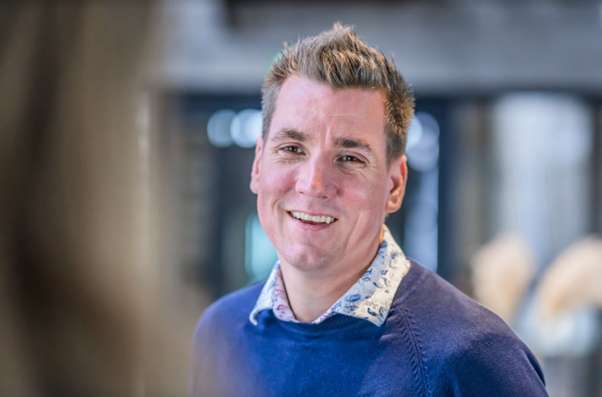

Why is it that so many people still ask me “can we quickly change this layout” or “can you make this happen, it needs to be today”?
There is a lot of focus on how things look when they come to market, the brand world they are part of and how they communicate with people. The commitment to get this right will trigger the above questions again and again.
After years of working at a mix of agency and large corporates in the FMCG industry, I find that the artwork process – and the role it plays – is still largely misunderstood and under-estimated. Once the ‘true creative’ is done, interest in the steps required to make printed brand touchpoints happen dwindles fast.
The perception an ask is “just a small change” is persistent across companies and such requests are all too often deemed low impact and the various process steps non-essential. ‘Surely, things can be done in half or even less time? Or ‘throw more money at it’, I often hear. In reality, even a perceived “small tweak” has to travel the correct route to ensure correct execution, traceability and compliance, which takes time.
A creativity-free commodity
Another perception is that the design and artwork process mix well when in fact it is far more effective to separate the two. Admittedly, the term artwork is subjective. In a world where strategic design, adaptive design and artwork are used loosely and sometimes interchangeably, every company needs to pin down those definitions to suit them.
At Reckitt we follow the definition that the artwork process should be a creative-free space dedicated to accurate localisation and printability, removing the ambiguity of layout changes is what allows the process to be effective.
The fact that the artwork stage does not deliver the most visually impactful changes should not be mistaken as an indication that there is no process complexity. It is a lot more than providing a PDF and pressing the ‘print’ button.
In a nutshell, the artwork process ensures that the brand experience vision for the printed packaging remains intact for each in-market execution. Through our in-house team at Reckitt, we educate, enable and where needed enforce the process from design handover to commercially printable artwork files.
We manage existing processes to ensure traceability, compliance and brand coherence and constantly work to tailor our processes to provide a more intuitive route to project delivery. This has also led us to take control of master layout to set our markets up for success from the very beginning.
Production processes in a global company are multi-layered and complex and will suffer from knowledge gaps if not supported effectively.
Bringing artwork more upstream
All the money and effort invested in developing a brand world or experience can be nullified by poor execution. A poor alignment between intent and capability to execute can dilute or even destroy the intended brand experience.
That’s why it’s so important that this process gets recognised more often and earlier. It’s crucial for the artwork process to be considered from the outset to ensure the right steps can be implemented to meet expectations.
For example, poor colour execution can go from not looking quite right, to being mistaken for a counterfeit product. Poor print can lead to unreadable text putting your end-users at risk. If you only spend the effort on imagining something and not executing it properly, you might as well not bother.
Being at the heart of the brand
As a global brand owner, you have the responsibility to drive positive change and the brand experience therefore needs to be spot-on. At the same time, it is harder to control that experience due to more complex portfolios and the number of communication layers global brands go through.
So having an in-house team to support the wider brand experience set-up makes sense. The artwork process team is the one entity that sees the entire brand from conception to in-market roll-out – we are among the ultimate brand guardians.
When left as an afterthought the artwork process can be perceived as a blocker, taking time that was not in the project plan. If it is however linked from project start a lot of requirements can be worked in parallel allowing the artwork process to be an enabler to a better brand experience.
Where a too in depth understanding of the artwork process is required from non-experts it takes away valuable resource that is better applied to add value elsewhere. This is why driving our process to be self-explanatory is a crucial part of our day-to-day.
At a global company, you learn to navigate a complex corporate structure, enable some of the world’s biggest brands to deliver their purpose, and with persistence drive true change.
It’s time the artwork process is recognised at the same level as design. Shining the spotlight on its importance will ultimately lead to much more effective brand experiences.


